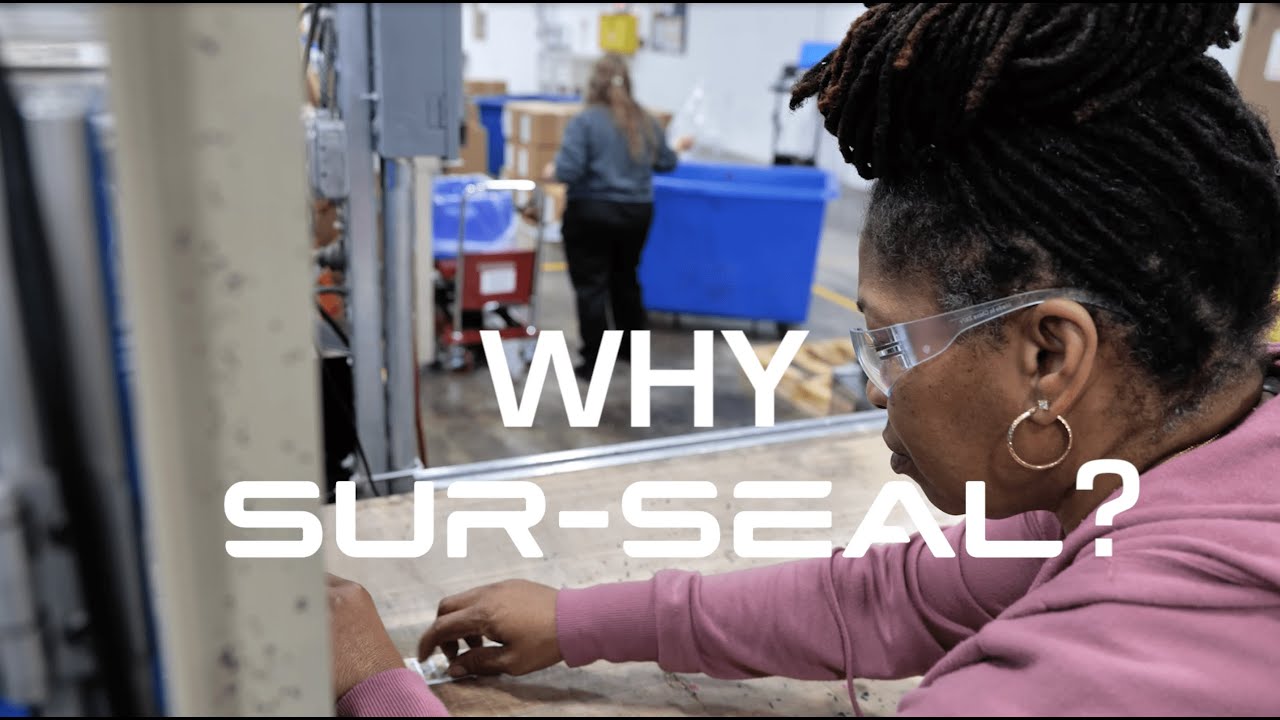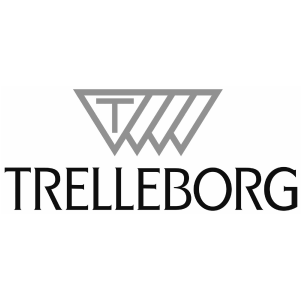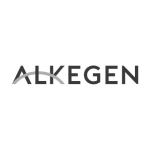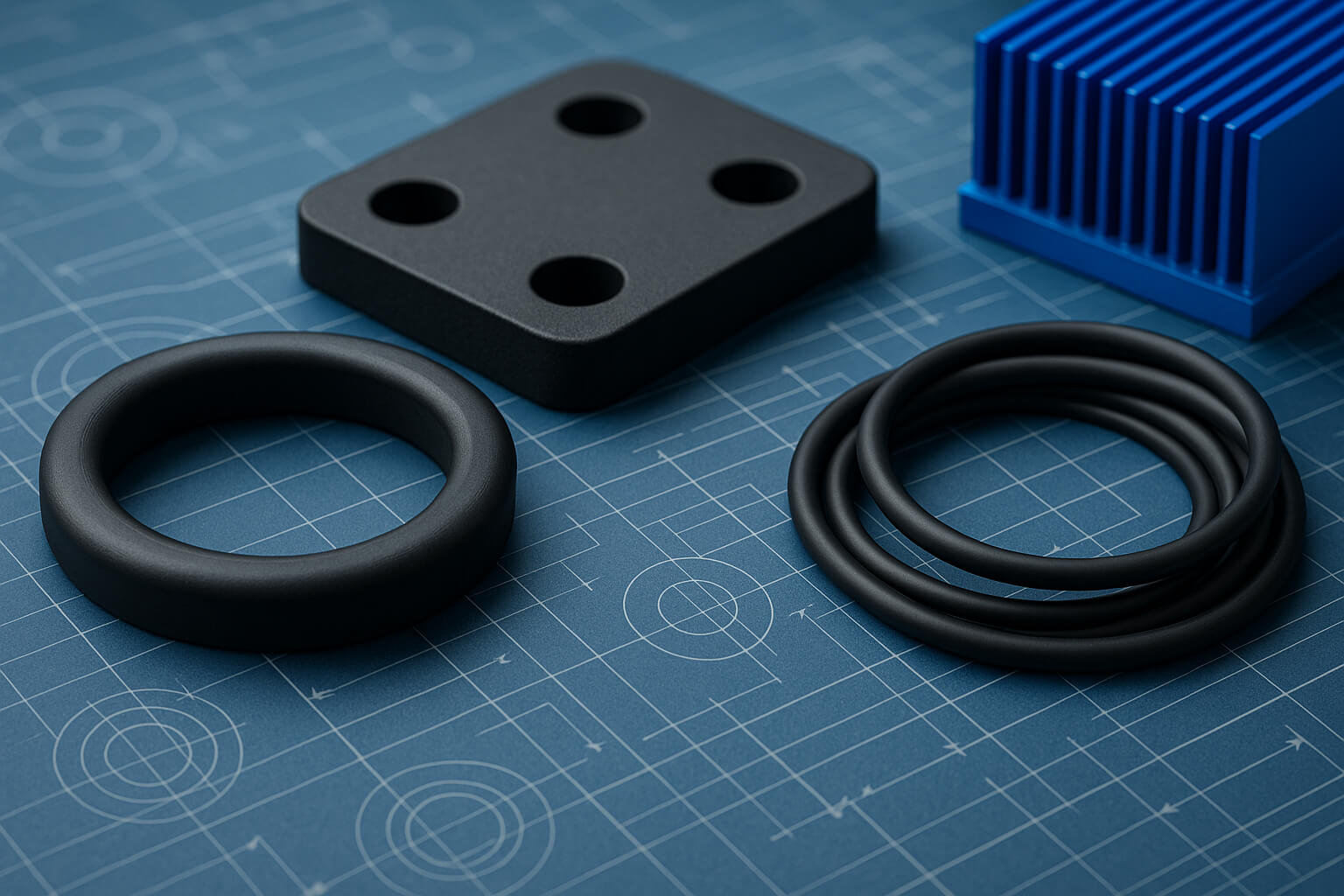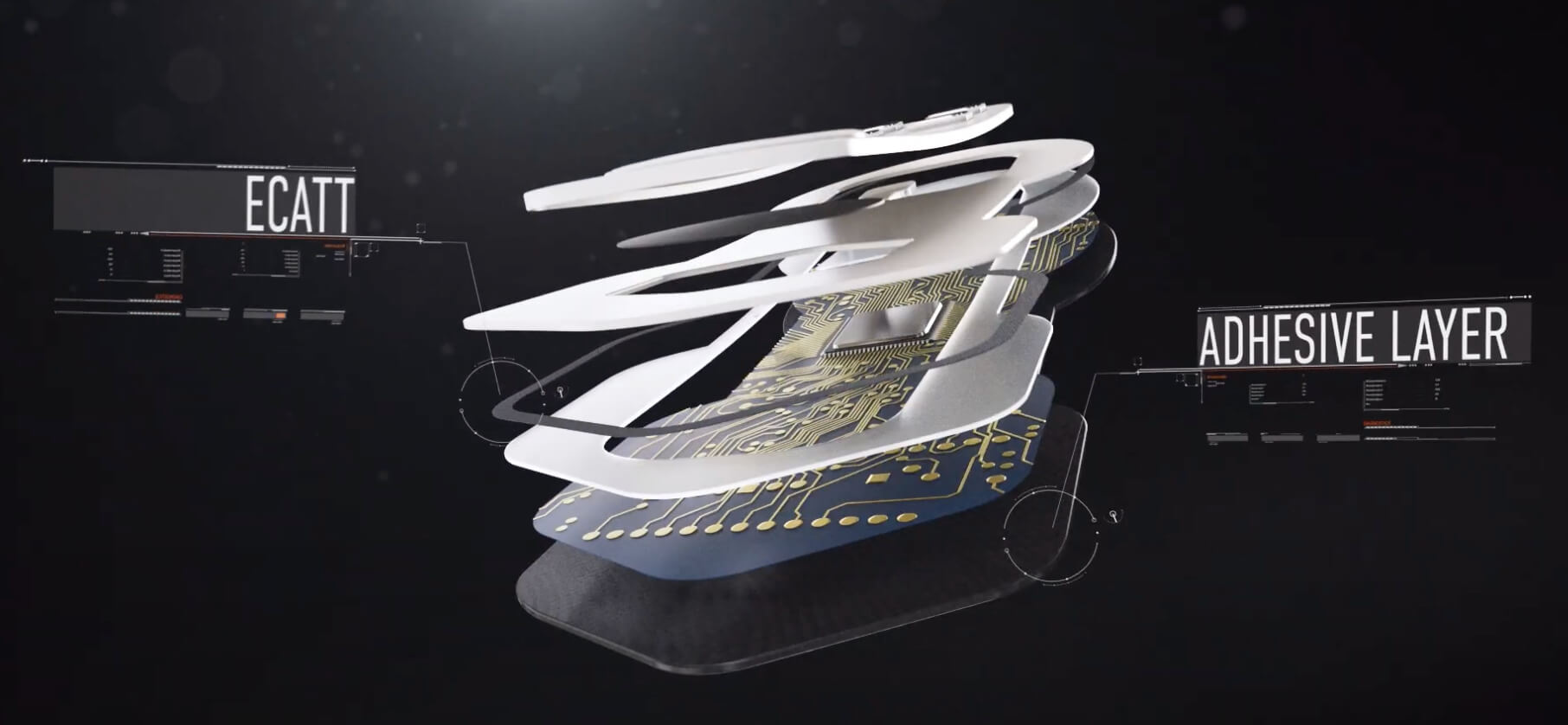Advanced Thermal Management Services
Sur-Seal Thermal Management Solutions
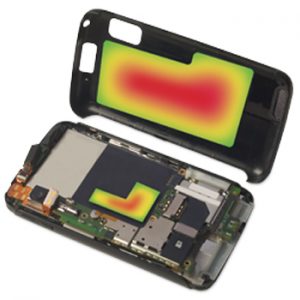
Effective thermal management is critical to the accuracy, reliability, and life of your products. As circuit boards, devices, and equipment reduce in size and increase in power requirements, the need for heat dissipation with thermal interface materials (TIMs) to provide heat transfer within your product increases considerably.
The purpose of thermal interface materials and seals is to maintain effective transfer of heat from chips to dissipating devices such as heat sinks, extending the life of a circuit board or component.







